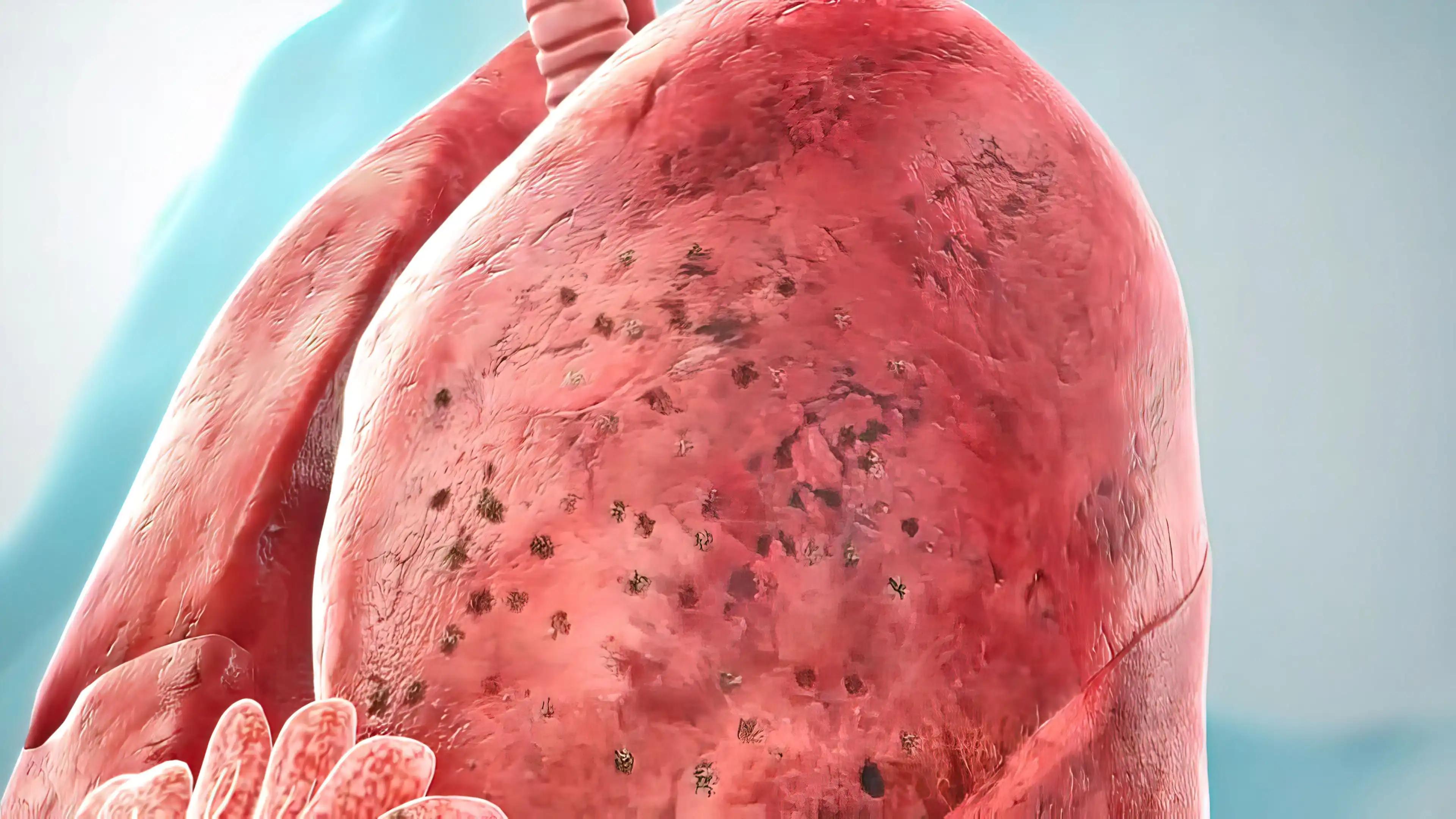KEY TAKEAWAYS
- The phase 1 trial aimed to investigate the response durability in pts with 1L DLBCL treated with Glofit plus R-CHOP.
- Researchers observed a manageable safety profile and an improved CMR rate with Glofit plus R-CHOP in DLBCL pts; further information will be presented soon.
Over a third of Diffuse Large B-Cell Lymphoma (DLBCL) patients (pts) experience non-response or relapse after first-line (1L) treatment with rituximab, cyclophosphamide, doxorubicin, vincristine, and prednisone (R-CHOP; Sarkozy and Sehn. Ann Lymphoma 2019), necessitating alternative options; Glofitamab (Glofit), a T-cell engaging bispecific antibody, exhibits a 2:1 (CD20:CD3) format allowing bivalent binding to CD20 on B cells, facilitating combination with anti-CD20 antibodies like rituximab. Glofit monotherapy demonstrates durable responses in relapsed/refractory DLBCL (Dickinson et al. NEJM 2022).
In the NP40126 trial’s safety run-in and expansion phases, Glofit + R-CHOP shows promising efficacy and manageable safety in 1L DLBCL pts, addressing the need for curative alternatives. Max S. Topp and his team aimed to assess the durability of response beyond 12 months in Glofit + R-CHOP-treated 1L DLBCL pts from the NP40126 trial.
Researchers performed an inclusive analysis of pts receiving 6–8 three-weekly cycles of R-CHOP. Intravenous Glofit was administered with step-up dosing during Cycle (C)2 (Day [D]8, 2.5mg; D15, 10mg) and at the target dose (30mg) from C3D8 onwards. Glofit maintenance was permitted for up to one year.
Efficacy assessment included all pts in the study for a protocol-scheduled end-of-treatment response. Safety analysis covered all pts who received at least one dose of any study drug. Response evaluation utilized PET-CT with Lugano criteria (Cheson et al. JCO 2014). Cytokine release syndrome (CRS) events were graded according to the American Society for Transplantation and Cellular Therapy criteria (Lee et al. Biol Blood Marrow Transplant 2019), while other adverse events (AEs) were assessed using the Common Terminology Criteria for AEs (v4.0). Glofit infusion did not mandate hospitalization.
About 56 pts were enrolled in the cohort, with a median age of 68 years (range: 21–84) on April 4, 2023. The majority of pts 54 (96.4%) presented with Ann Arbor stage III/IV disease. The median International Prognostic Index (IPI) score was 3, distributed as follows: IPI 1 (3.6% [2/56]), IPI 2 (33.9% [19/56]), IPI 3 (35.7% [20/56]), IPI 4 (23.2% [13/56]), and IPI 5 (3.6% [2/56]). Germinal center B-cell (GCB) origin was observed in 25 (44.6%) pts and non-GCB in 11 (19.6%) pts.
After a median follow-up of 17.1 months (range: 0–26), the best overall response rate was 92.9% (52/56), with a complete metabolic response (CMR) rate of 83.9% (47/56). The median time to CMR was 1.8 months (95% confidence interval [CI]: 1.6–4.7), and 93.6% (44/47) of CMRs were ongoing at the data cut-off. The Kaplan-Meier estimated probability of ongoing responses at 12 months among complete responders was 91.5% (95% CI: 82.2–100). The median duration of response and complete response were not reached.
The incidence of AEs and serious AEs (SAEs) remained consistent with earlier analyses. Grade (Gr) ≥3 AEs occurred in 42 (75.0%) pts, with Gr ≥3 AEs related to Glofit in 14 (25.0%) pts. SAEs were reported in 20 (35.7%) pts, and SAEs related to Glofit in 6 (10.7%) pts. Gr 5 AEs were reported in 4 (7.1%) pts (COVID-19 pneumonia, n=3; infusion-related reaction associated with rituximab, n=1). AEs leading to dose interruption of Glofit occurred in 12 (21.4%) pts. Median dose intensity was 100% for all R-CHOP components. AEs leading to discontinuation of Glofit occurred in 1 (1.8%) of pts.
Cytokine release syndrome (CRS) events were reported in 6 (10.7%) pts: Gr 1, n=4; Gr 2, n=2; no Gr 3/4 CRS events were reported. All CRS events occurred during C2–3. Tocilizumab was used in 2 (33.3%) of pts with CRS. Neurologic AEs (NAEs) occurred in 23 (41.1%) of pts (most common NAEs (>5%) were peripheral neuropathy, n=7 [12.5%]; paraesthesia, n=5 [8.9%]; with Grade 3 NAEs including cerebrovascular accident (n=1) and herpes zoster (n=1). No Glofit-related NAEs consistent with immune effector cell-associated neurotoxicity syndrome were reported. Neutropenia was reported in 26 (46.4%) of pts (Gr ≥3 neutropenia: Gr 3, n=5; Gr 4, n=19). Infections and infestations were reported in 27 (48.2%) of pts, with the majority being Grade ≤2 (17/27); Gr 3, n=7; Gr 5, n=3.
The study concluded that Glofit + R-CHOP exhibits a manageable safety profile, low CRS incidence, and sustained durable responses, including an improved CMR rate. These favorable findings suggest the potential for positive long-term outcomes with Glofit + R-CHOP as a 1L treatment for DLBCL. Further studies incorporating circulating tumor DNA data are recommended to reach a definitive conclusion on their diagnostic efficacy.
The study is sponsored by Hoffmann-La Roche
Source: https://ash.confex.com/ash/2023/webprogram/Paper174081.html
Clinical Trial: https://clinicaltrials.gov/study/NCT03467373
Topp M S, Tani M, Dickinson M, et al. (2023). “Glofitamab Plus R-CHOP Induces High Response Rates with a Manageable Safety Profile in Patients with Previously Untreated Diffuse Large B-Cell Lymphoma (DLBCL): A 12-Month Analysis from a Phase Ib Study.” Presented at ASH 2023 (Abstract 3085).



